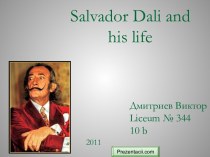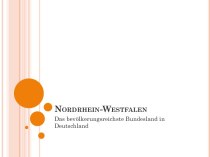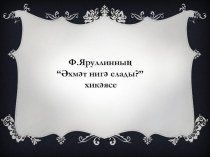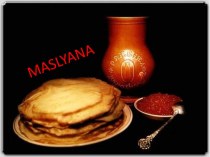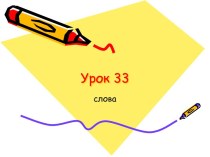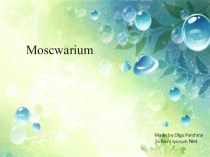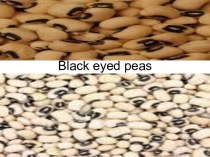- Главная
- Разное
- Бизнес и предпринимательство
- Образование
- Развлечения
- Государство
- Спорт
- Графика
- Культурология
- Еда и кулинария
- Лингвистика
- Религиоведение
- Черчение
- Физкультура
- ИЗО
- Психология
- Социология
- Английский язык
- Астрономия
- Алгебра
- Биология
- География
- Геометрия
- Детские презентации
- Информатика
- История
- Литература
- Маркетинг
- Математика
- Медицина
- Менеджмент
- Музыка
- МХК
- Немецкий язык
- ОБЖ
- Обществознание
- Окружающий мир
- Педагогика
- Русский язык
- Технология
- Физика
- Философия
- Химия
- Шаблоны, картинки для презентаций
- Экология
- Экономика
- Юриспруденция
Что такое findslide.org?
FindSlide.org - это сайт презентаций, докладов, шаблонов в формате PowerPoint.
Обратная связь
Email: Нажмите что бы посмотреть
Презентация на тему Inventors and inventions in microbiology
Содержание
- 2. MICROSCOPEIn 1874 Anton Van Leeuwenhoek built first
- 3. SMALL POX VACCINEEdward Jenner, was an English
- 4. GERM TEHORY OF DISEASEThe germ theory of disease states
- 5. METHODS FOR ANTISEPTIC SURGERYJoseph Lister, 1st Baron
- 6. ACID FAST STAINPaul Ehrlich (14 March 1854
- 7. GRAM STAINHans Christian Joachim Gram (September 13, 1853
- 8. RABIES VACCINATIONPasteur was the first scientist to
- 9. PETRI DISHJulius Richard Petri (May 31, 1852 –
- 10. PENICILLINThe discovery of penicillin is attributed to
- 11. DISPOSABLE SYRINGE AND NEEDLEBecton, Dickinson and Company
- 12. PRONGED VACCINATION NEEDLEBenjamin Rubin (born September 27, 1917
- 13. METHOD TO SEQUENCE DNAMaxam–Gilbert sequencing is a method
- 14. POLYMERASE CHAIN REACTIONKary Banks Mullis (born December 28,
- 15. FLAVR SAVR TOMATOESFlavr Savr (also known as CGN-89564-2; pronounced
- 16. MICROBAL GENOMIC SEQUENCECraig VenterClaire M. FraserIn 1995
- 17. Скачать презентацию
- 18. Похожие презентации
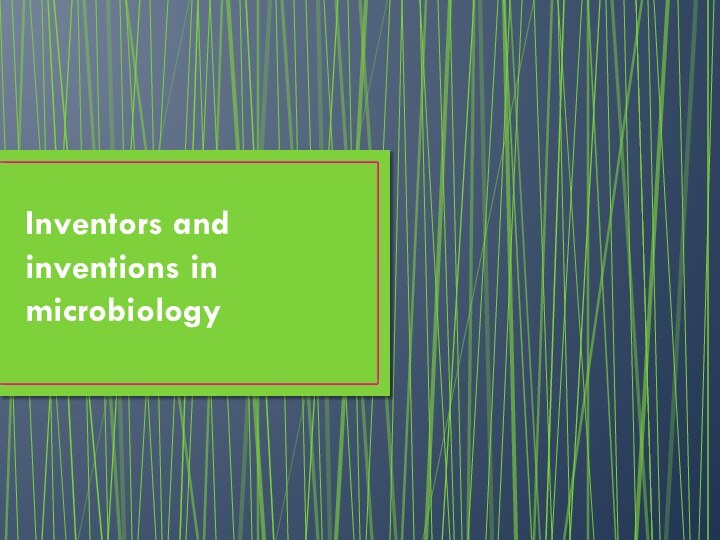
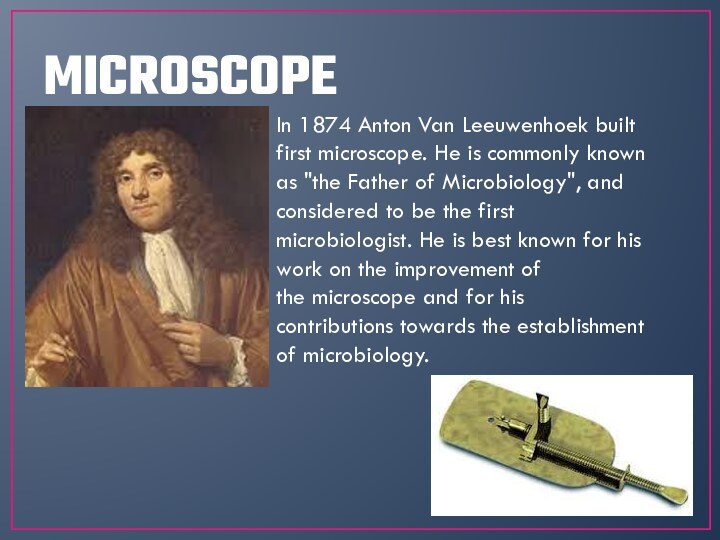
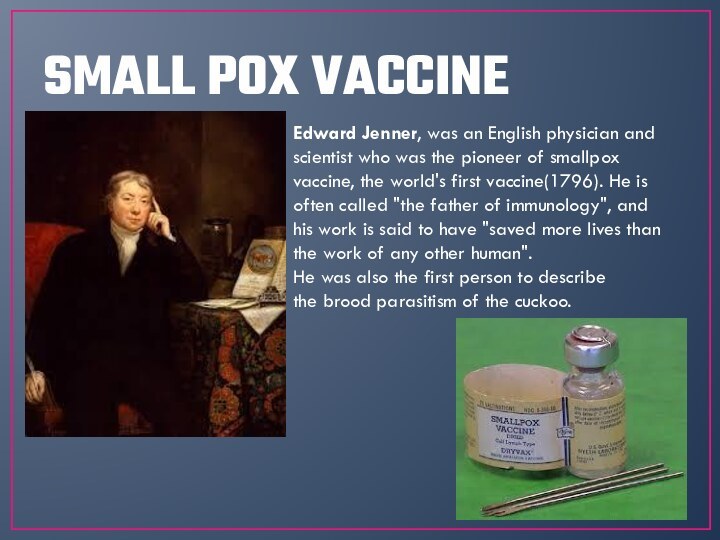
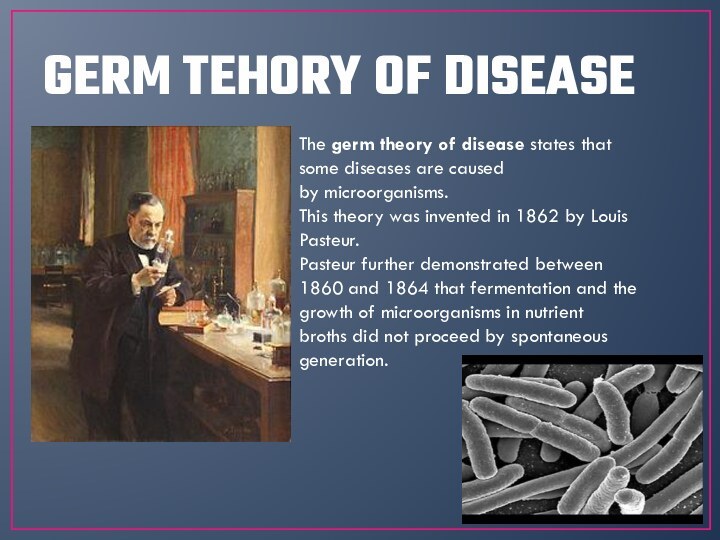
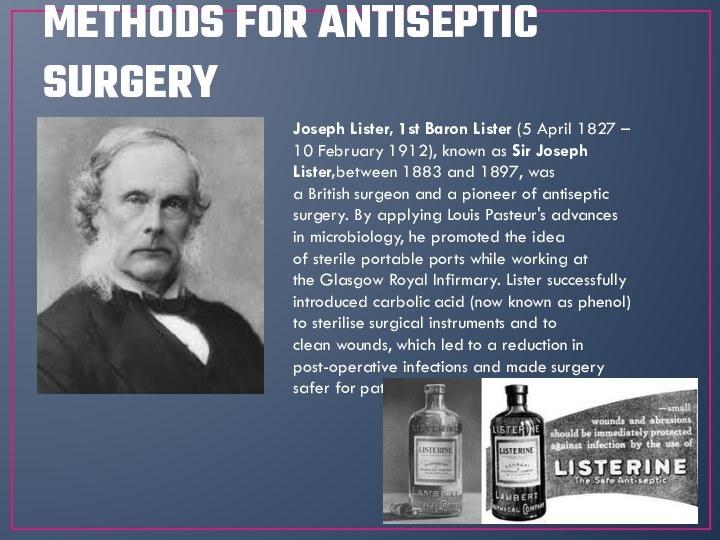
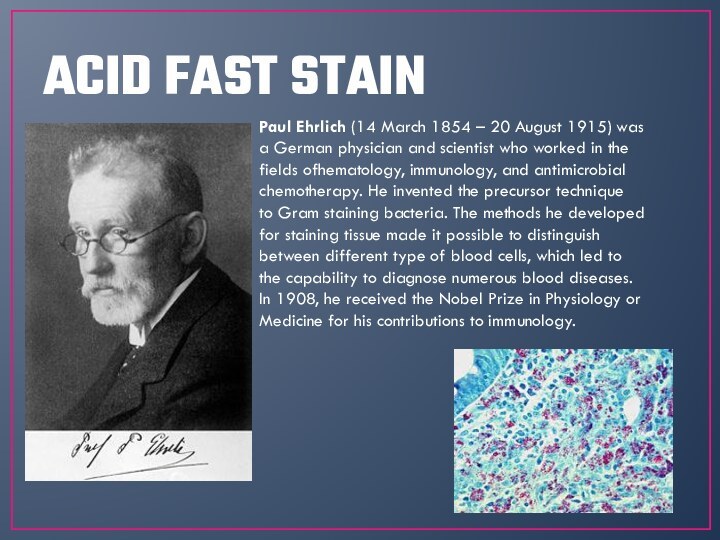
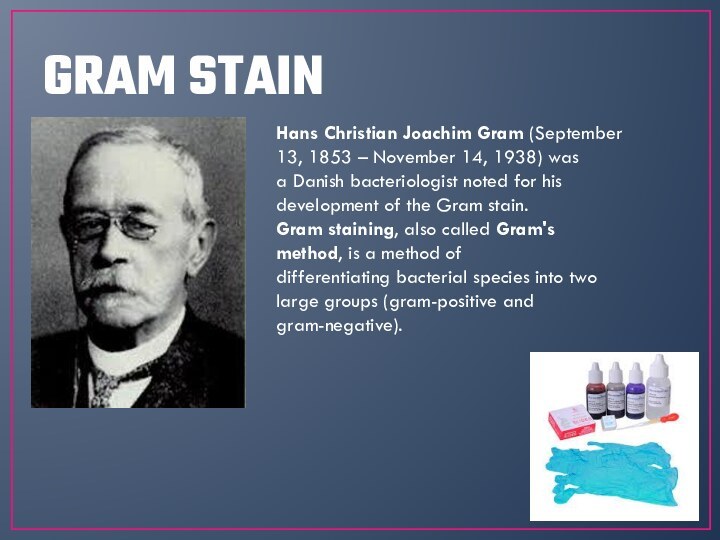
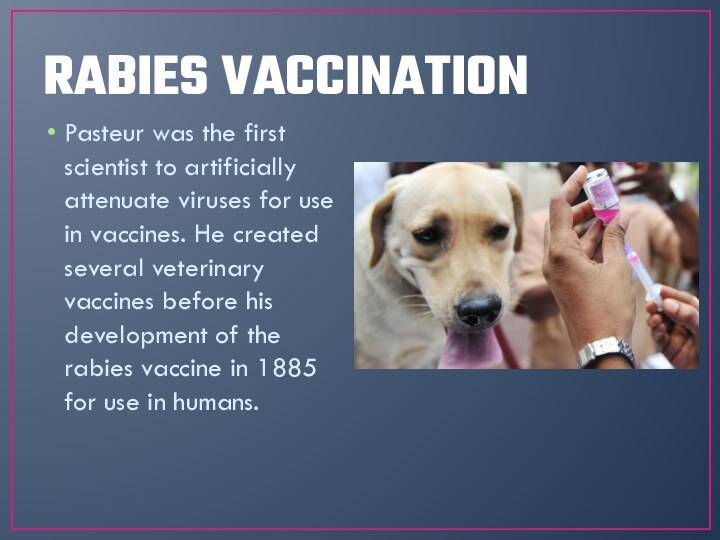
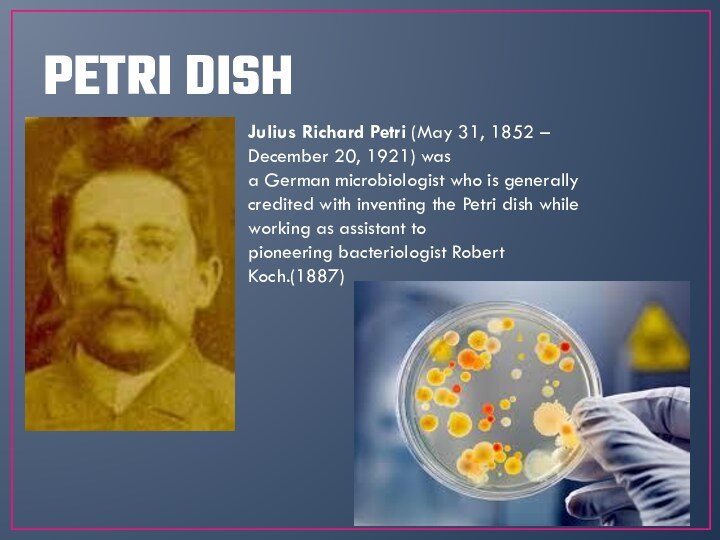
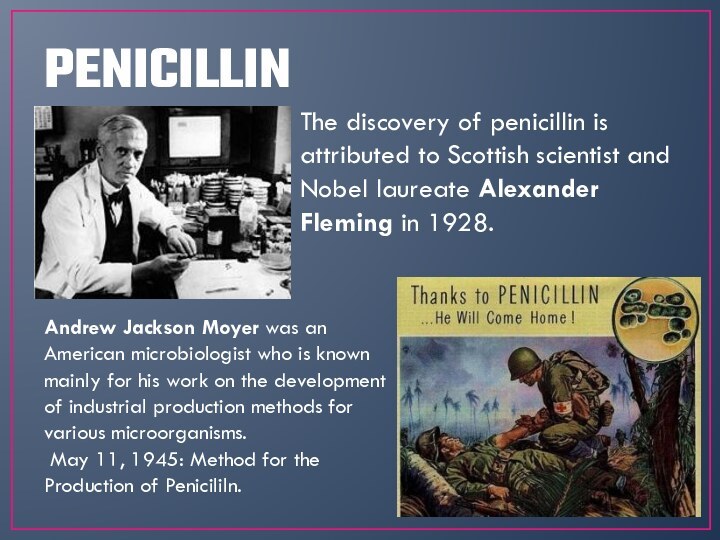
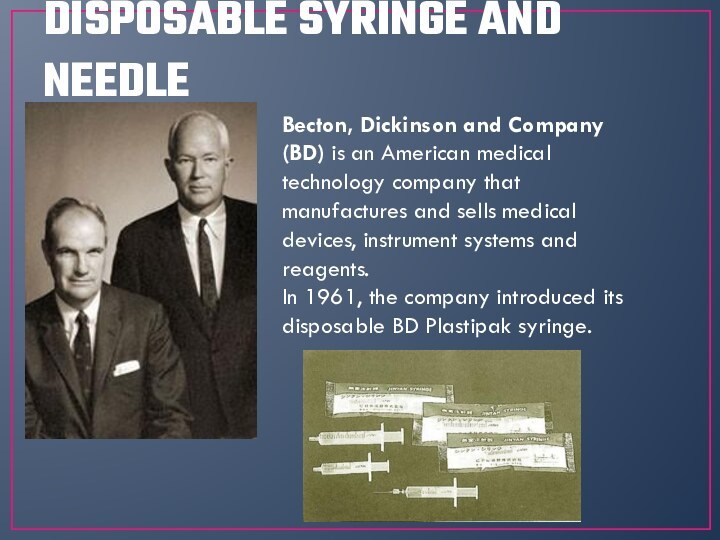
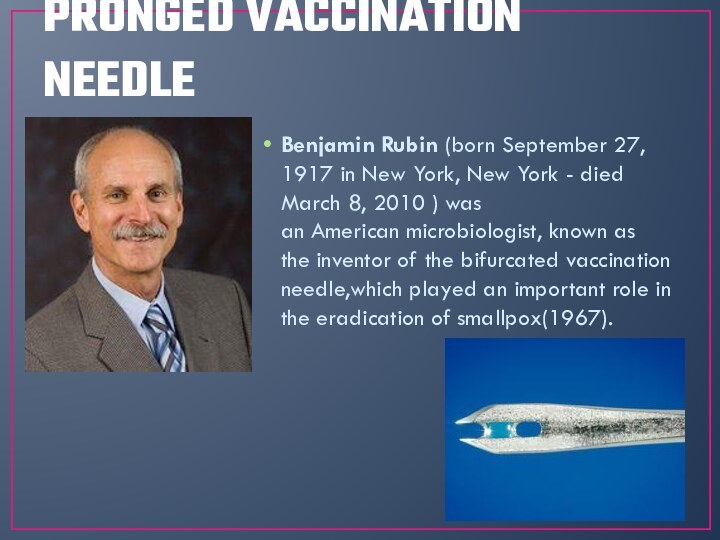
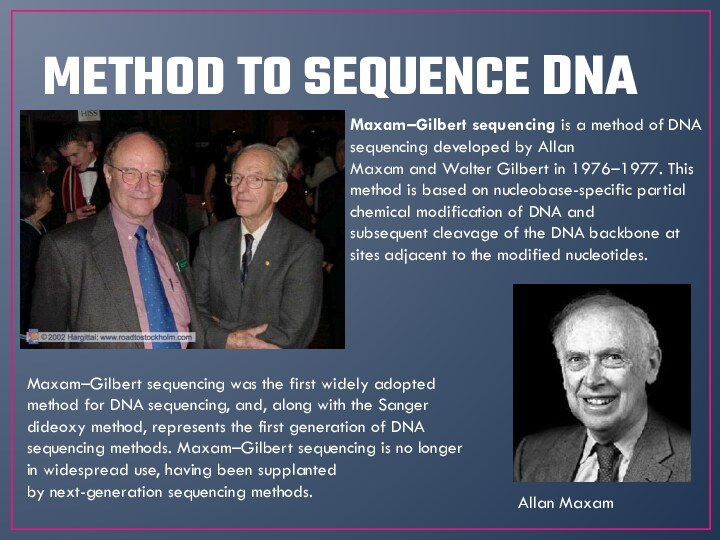
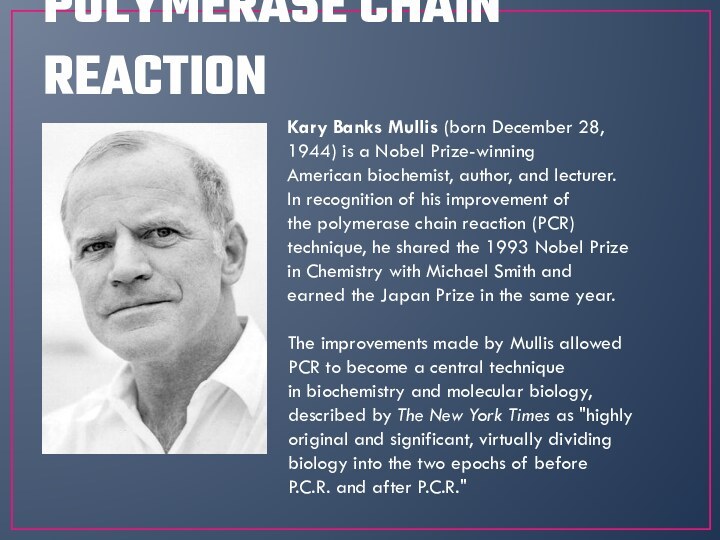
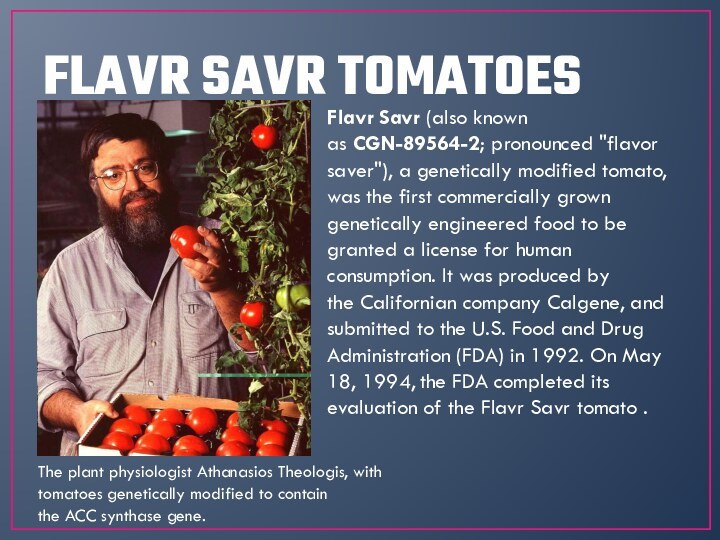
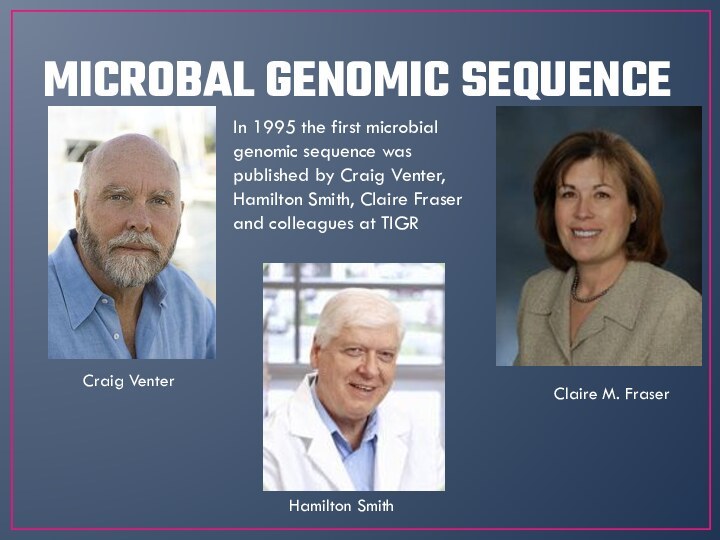

Слайд 3
SMALL POX VACCINE
Edward Jenner, was an English physician
and scientist who was the pioneer of smallpox vaccine,
the world's first vaccine(1796). He is often called "the father of immunology", and his work is said to have "saved more lives than the work of any other human".He was also the first person to describe the brood parasitism of the cuckoo.
Слайд 4
GERM TEHORY OF DISEASE
The germ theory of disease states that
some diseases are caused by microorganisms.
This theory was invented in 1862 by
Louis Pasteur.Pasteur further demonstrated between 1860 and 1864 that fermentation and the growth of microorganisms in nutrient broths did not proceed by spontaneous generation.
Слайд 5
METHODS FOR ANTISEPTIC SURGERY
Joseph Lister, 1st Baron Lister (5
April 1827 – 10 February 1912), known as Sir Joseph Lister,between
1883 and 1897, was a British surgeon and a pioneer of antiseptic surgery. By applying Louis Pasteur's advances in microbiology, he promoted the idea of sterile portable ports while working at the Glasgow Royal Infirmary. Lister successfully introduced carbolic acid (now known as phenol) to sterilise surgical instruments and to clean wounds, which led to a reduction in post-operative infections and made surgery safer for patients.
Слайд 6
ACID FAST STAIN
Paul Ehrlich (14 March 1854 –
20 August 1915) was a German physician and scientist
who worked in the fields ofhematology, immunology, and antimicrobial chemotherapy. He invented the precursor technique to Gram staining bacteria. The methods he developed for staining tissue made it possible to distinguish between different type of blood cells, which led to the capability to diagnose numerous blood diseases.In 1908, he received the Nobel Prize in Physiology or Medicine for his contributions to immunology.
Слайд 7
GRAM STAIN
Hans Christian Joachim Gram (September 13, 1853 –
November 14, 1938) was a Danish bacteriologist noted for his development of
the Gram stain.Gram staining, also called Gram's method, is a method of differentiating bacterial species into two large groups (gram-positive and gram-negative).
Слайд 8
RABIES VACCINATION
Pasteur was the first scientist to artificially
attenuate viruses for use in vaccines. He created several
veterinary vaccines before his development of the rabies vaccine in 1885 for use in humans.
Слайд 9
PETRI DISH
Julius Richard Petri (May 31, 1852 – December
20, 1921) was a German microbiologist who is generally credited with inventing
the Petri dish while working as assistant to pioneering bacteriologist Robert Koch.(1887)
Слайд 10
PENICILLIN
The discovery of penicillin is attributed to Scottish
scientist and Nobel laureate Alexander Fleming in 1928.
Andrew Jackson Moyer was an
American microbiologist who is known mainly for his work on the development of industrial production methods for various microorganisms.May 11, 1945: Method for the Production of Penicililn.
Слайд 11
DISPOSABLE SYRINGE AND NEEDLE
Becton, Dickinson and Company (BD) is
an American medical technology company that manufactures and sells medical devices,
instrument systems and reagents.In 1961, the company introduced its disposable BD Plastipak syringe.
Слайд 12
PRONGED VACCINATION NEEDLE
Benjamin Rubin (born September 27, 1917 in New
York, New York - died March 8, 2010 ) was an American microbiologist,
known as the inventor of the bifurcated vaccination needle,which played an important role in the eradication of smallpox(1967).
Слайд 13
METHOD TO SEQUENCE DNA
Maxam–Gilbert sequencing is a method of DNA
sequencing developed by Allan Maxam and Walter Gilbert in 1976–1977. This method is based
on nucleobase-specific partial chemical modification of DNA and subsequent cleavage of the DNA backbone at sites adjacent to the modified nucleotides.Maxam–Gilbert sequencing was the first widely adopted method for DNA sequencing, and, along with the Sanger dideoxy method, represents the first generation of DNA sequencing methods. Maxam–Gilbert sequencing is no longer in widespread use, having been supplanted by next-generation sequencing methods.
Allan Maxam
Слайд 14
POLYMERASE CHAIN REACTION
Kary Banks Mullis (born December 28, 1944)
is a Nobel Prize-winning American biochemist, author, and lecturer. In
recognition of his improvement of the polymerase chain reaction (PCR) technique, he shared the 1993 Nobel Prize in Chemistry with Michael Smith and earned the Japan Prize in the same year.The improvements made by Mullis allowed PCR to become a central technique in biochemistry and molecular biology, described by The New York Times as "highly original and significant, virtually dividing biology into the two epochs of before P.C.R. and after P.C.R."
Слайд 15
FLAVR SAVR TOMATOES
Flavr Savr (also known as CGN-89564-2; pronounced "flavor
saver"), a genetically modified tomato, was the first commercially grown
genetically engineered food to be granted a license for human consumption. It was produced by the Californian company Calgene, and submitted to the U.S. Food and Drug Administration (FDA) in 1992. On May 18, 1994, the FDA completed its evaluation of the Flavr Savr tomato .The plant physiologist Athanasios Theologis, with tomatoes genetically modified to contain the ACC synthase gene.
Слайд 16
MICROBAL GENOMIC SEQUENCE
Craig Venter
Claire M. Fraser
In 1995 the
first microbial genomic sequence was published by Craig Venter,
Hamilton Smith, Claire Fraser and colleagues at TIGRHamilton Smith








